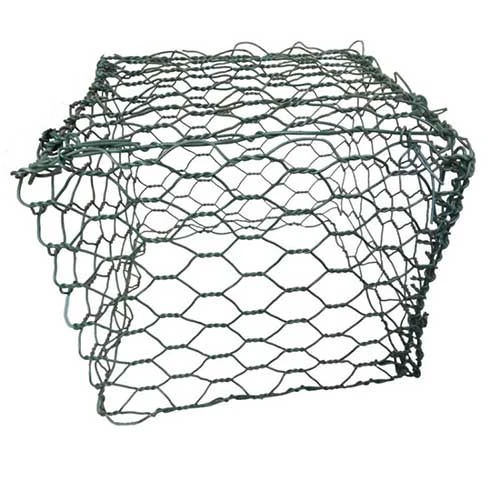-
 Phone:
Phone: -
 Email:
Email:

wire mesh rock retaining wall
Wire Mesh Rock Retaining Walls An Innovative Solution for Erosion Control
In the realm of civil engineering and landscaping, effective erosion control is paramount to maintaining the integrity of sloped terrains and preventing landslides. Among the various techniques employed, wire mesh rock retaining walls emerge as a uniquely effective solution. This method not only enhances the stability of soil and rock but also offers aesthetic benefits, making it a popular choice for both residential and commercial projects.
Understanding Wire Mesh Rock Retaining Walls
Wire mesh rock retaining walls are constructed using high-strength steel wire mesh, which is designed to hold rock fill in place. The core idea is to create a supportive structure that can effectively resist lateral earth pressures while allowing for natural drainage. This is particularly important in environments subject to heavy rainfall or where soil saturation can lead to instability.
The construction process typically involves the placement of wire mesh baskets filled with various sizes of rocks, often sourced locally. This not only supports the structural integrity of the wall but also blends the installation with the surrounding landscape, promoting a natural appearance. The flexibility of the wire mesh allows it to adapt to uneven terrains and varying landscapes, making it a versatile option for different geographies.
Advantages of Wire Mesh Rock Retaining Walls
1. Erosion Control The primary advantage of wire mesh rock retaining walls is their proficiency in controlling erosion. By stabilizing sloped areas, they help prevent soil from washing away during heavy rains, thereby protecting the environment and infrastructure below.
2. Cost-Effectiveness Compared to traditional concrete retaining walls, wire mesh walls tend to be more economical. They require less material and labor, as the installation process is often quicker and access to local stone can reduce transportation costs.
wire mesh rock retaining wall

3. Drainage These walls allow for natural water flow, reducing hydrostatic pressure that can lead to cracking and failure in solid walls. This drainage capability enhances the longevity of the structure, making it a practical option for areas prone to fluctuating moisture levels.
4. Aesthetic Flexibility The use of natural rock in wire mesh walls can complement the existing landscape, providing a rustic, organic look that many homeowners and architects prefer. The design can be tailored to suit individual tastes and needs, offering a significant advantage over more rigid construction styles.
5. Environmental Impact A key benefit of wire mesh rock retaining walls is their low environmental impact. The use of local materials decreases the carbon footprint associated with transportation and manufacturing. Additionally, once installed, these walls can facilitate plant growth, creating green spaces that further enhance biodiversity.
Applications and Use Cases
Wire mesh rock retaining walls have a wide range of applications. They can be utilized in residential properties to manage yard uphill slopes, create terraced gardens, or support driveways and pathways. In commercial settings, these walls are ideal for road construction, parking lots, and retaining walls along highways.
Additionally, municipal projects often incorporate wire mesh walls for riverbanks and slopes adjacent to public infrastructure. By helping to stabilize these areas, cities can mitigate the risk of flooding and landslides, ensuring safer environments for residents.
Conclusion
In summary, wire mesh rock retaining walls provide a compelling solution for managing erosion and enhancing landscape stability. Their cost-effectiveness, drainage capabilities, and aesthetic appeal make them an attractive alternative to traditional retaining wall methods. As the need for sustainable and environmentally friendly construction practices grows, it is likely that the popularity of wire mesh rock retaining walls will continue to rise. Embracing this innovative approach can pave the way for safer, healthier, and more beautiful outdoor spaces.
-
Wire Mesh for Every Need: A Practical SolutionNewsJul.25,2025
-
Steel Fences: Durable, Secure, and Stylish OptionsNewsJul.25,2025
-
Roll Top Fencing: A Smart Solution for Safety and SecurityNewsJul.25,2025
-
Cattle Farm Fencing Solutions for Maximum SecurityNewsJul.25,2025
-
Affordable Iron Binding Wire SolutionsNewsJul.25,2025
-
Affordable Galvanized Wire SolutionsNewsJul.25,2025
-
Wire Hanger Recycling IdeasNewsJul.25,2025








